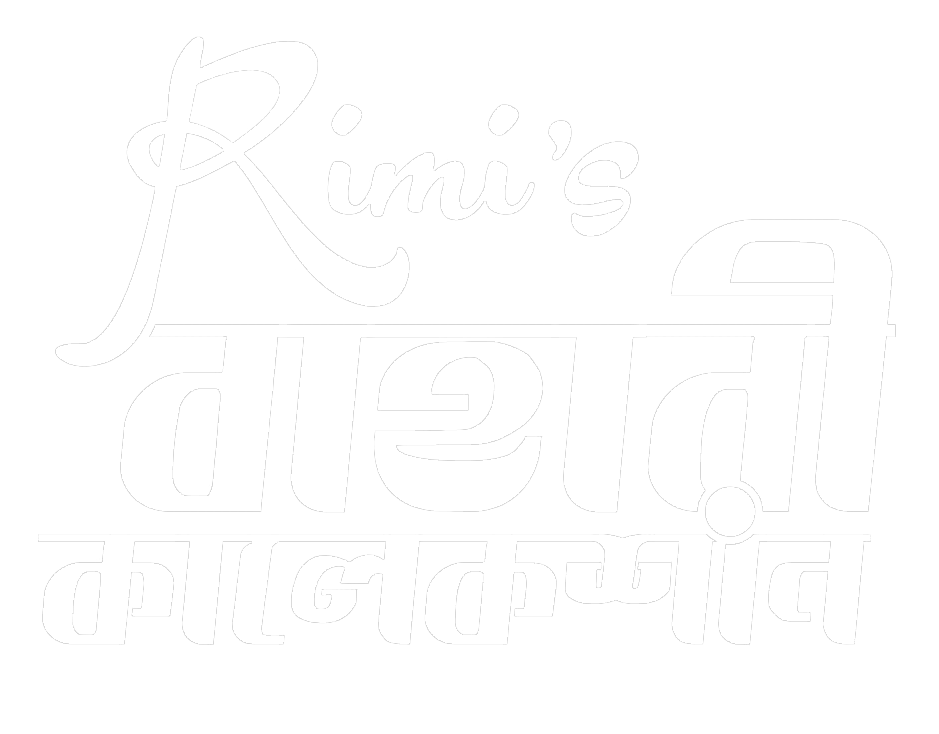Gradual cost collections sign that a company’s accounts receivable collections process is inefficient and has room for improvement. The operating cycle, also called the money conversion cycle, is necessary to understanding an organization’s money move and working capital administration. It represents the time taken for an organization to convert stock into sales and gather cash from those gross sales.
Additionally, a decrease quantity reduces the risk of customer defaults and certain displays that funds are being made on time, depending in your billing cycle. For example, companies in the building business typically have longer collection durations as a result of nature of their projects and payment milestones. It is crucial to assume about industry-specific factors and compare the typical collection interval with trade benchmarks before drawing conclusions. For example, if your company allows clients 30-day credit score, and the average collection period is forty days, that might be a downside. However, an average collection period of 25 days means you are amassing most accounts receivables before the end of the 30 days. In order to calculate the average collection interval, the company’s accounts receivable (A/R) carrying values from its balance sheet are wanted together with its revenue in the corresponding interval.
It does so by helping you identify short-term liquidity, which is how able your small business is to pay its liabilities. If your objective is to collect inside 30 days, then an average assortment interval of 27.38 would sign efficiency. If your common assortment interval was considerably longer than your target collection phrases, that’s indicative of a need to improve your collections efforts. There are many ways you presumably can improve your processes, ranging from simple—such as using collections e mail templates—to more transformative—like investing in accounts receivable automation software program.
- With these optimizations, you would see a shorter assortment interval, stronger cash circulate, and finally, a more robust financial position for your corporation.
- You can examine the ratio to earlier years’ ratios, examine it to your present collection phrases, or examine it to competitors’ phrases.
- Establishing direct and real-time communication channels with clients may help instantly address any considerations or questions regarding their invoices.
- Organizations should stability collection standards with maintaining good buyer relationships.
- It may mean that the corporate isn’t as environment friendly because it must be when staying on prime of accumulating accounts receivable.
Even higher, if you opt for an AR automation solution that prioritizes customer collaboration, you probably can improve collection times even additional by streamlining the means in which you deal with disputes and queries. Common assortment period is the number of days between when a sale was made—or a service was delivered—and if you obtained fee for these goods or providers. The greatest way that an organization can benefit is by consistently calculating its average collection period and using it over time to seek for developments inside its personal business. The common collection period may also be used to check one firm with its rivals, both individually or grouped.
Moreover, customer relationship administration is a vital issue; good communication and transparency in dealings can contribute to speeding up cost processes. It’s additionally essential to have efficient collection procedures corresponding to regular reminders and versatile fee choices, which help scale back the time needed to gather debts. First, the company’s credit policy plays a big role; the more flexible the credit phrases, the longer the time clients have to pay. Second, the business by which the corporate operates impacts the gathering interval, as fee behaviors differ across various sectors.
.jpeg)
Cut Back guide work, get paid sooner, and deliver superior buyer experiences with Billtrust’s unified AR platform. This way, you’ll get more nuanced, actionable insights that may gasoline business growth. In some cases, this can be out of your management, such as a downturn within the economic system which means everyone seems to be struggling to find the funds needed to pay their bills. Alternatively, the issue could additionally be completely within your control, similar to a finance team that isn’t prioritising incoming funds, whether which means issuing an bill or chasing them up.
If they aren’t in a position to efficiently gather from their residents, it could possibly affect the cash circulate they need to buy maintenance provides, cowl operating costs, or pay workers. The average assortment interval measures a company’s efficiency at converting its excellent accounts receivable (A/R) into money available. Using these strategies consistently might help you shorten your average assortment interval, resulting in improved cash circulate and stronger monetary well being.
Having a mean assortment period of 30 days is just about common, so the company is barely getting paid on time. To benefit from the common assortment period, corporations should consider related phrases and ideas, such because the accounts receivable turnover ratio and dangerous debt expense. By taking these actions and staying informed about trade benchmarks, companies can proactively handle their common collection interval and improve their financial efficiency. Every enterprise owner ought to work to make sure https://www.kelleysbookkeeping.com/ prospects are paying invoices in a timely method. Slow-paying customers can cause serious money move issues for any business, so it’s crucial to research how customer cost habits are affecting your company’s progress. There are quite a few components that can enhance a company’s average assortment interval.
.png)
Alternatively and more generally, the typical what is average collection period collection interval is denoted as the variety of days of a interval divided by the receivables turnover ratio. All firms want to have a decreased average collection period on their receivables. Not each firm interacts with credit sales and receivables in the identical means, nonetheless. These industries embrace banks and financial establishments, automotive dealerships, retail, development and professional companies. Modern technology has revolutionized accounts receivable management, providing new ways to develop collection durations. The right know-how options can transform guide processes into streamlined, automated workflows that scale back errors and accelerate collections.
